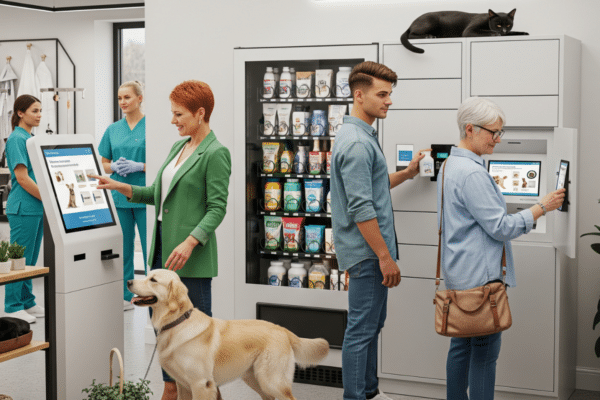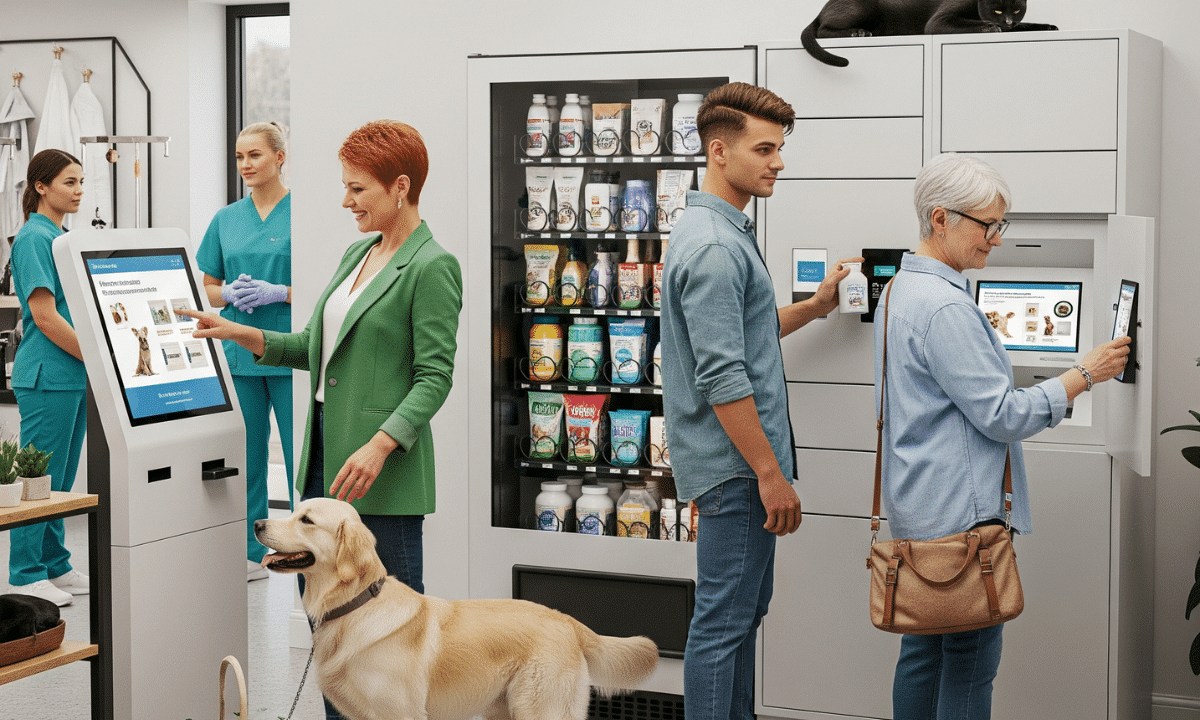
Mastering Retail Execution Management to Boost Sales
In the hyper-competitive world of retail, it is not enough to stock your shelves with the best products. You also need to manage their presentation and placement effectively, engage your customers, optimize team members, and manage your inventory with razor-sharp accuracy.
This is where retail execution basics comes into play. Understanding them is crucial aspect to any successful retail business. But how can you harness the power of retail execution management to enhance your in-store strategies and boost sales?
Understanding Retail Execution Management
Retail execution refers to the strategies, processes, and tools used by consumer goods companies to optimize in-store sales execution. This includes managing tasks such as shelf merchandising, store displays, promotion execution, inventory checks, field team management, and compliance audits. The goal is to ensure products are visible, available, and compelling at the point of sale.
Retail execution is becoming increasingly important as consumer goods brands look to differentiate themselves in a competitive retail environment. With the rise of private label products and shifting consumer preferences, brands need to win at the point of transaction. Effective retail store execution can boost product visibility, ensure pricing compliance, and create an optimal in-store experience for shoppers.
Definition and Importance of Retail Execution Management
A retail execution strategy can be defined as the optimization of in-store brand representation and promotions to drive sales. This involves coordinating teams, tasks, and workflows to execute retail initiatives in stores. Retail execution management aims to improve in-store brand visibility, product availability, pricing accuracy, and the shopper experience.
For consumer goods brands, retail execution is the final and most critical sales process. If products do not have adequate shelf space, competitive pricing, and compelling displays in-store, CPG brands lose sales opportunities. Investing in retail execution management solutions and strategies allows brands to coordinate field reps, collect data, and react nimbly to execution gaps. Understanding the retail execution basics and how to implement them is key to the success of CPG brands.
With digitization, retail is becoming more data-driven. Brands can collect in-store data via mobile devices, use analytics for insights, and leverage image recognition to identify gaps. When retail execution is optimized, brands see substantial sales lifts.
Key Players in Retail Execution Management
There are several key players involved in the processes for a CPG brand. These include:
- Field sales teams: Teams of field sales reps visit stores to merchandise shelves, set up displays, audit pricing, and collect data. They are the “boots on the ground” executing retail initiatives.
- Retail execution managers: Individuals who plan programs, create tasks, coordinate field reps, and analyze retail execution data to identify opportunities.
- Retail managers: Store managers who interface with field reps and oversee merchandising activities within their location.
- CPG sales and marketing: Teams who operationalize retail strategy and use insights to adjust in-market activities.
- Technology partners: Providers of retail execution software, image recognition, and analytics to power data collection and retail insights.
Retail Execution Management & Google Entities
Retail management solutions have developed substantially with artificial intelligence and image recognition. Leading tech providers like Google Cloud offer advanced computer vision capabilities to enhance in-store data collection.
With Google Vertex AI, brands can train custom models to identify shelves, products, pricing, promotions, and more. This allows field reps to efficiently capture images during store visits. The data feeds into retail execution platforms to identify gaps.
Google also provides data and geographical APIs through Google Maps. This allows brands to integrate store location data into retail execution platforms. Overall, Google entity solutions augment human field teams with actionable insights.
Boosting Sales with Effective Retail Management
Effective retail management helps consumer goods companies optimize their in-store activities to drive sales. With the right retail execution strategy, brands can improve product availability, promotion execution and compliance, merchandising, and more. This leads to increased sales for both retailers and consumer goods brands.
Retail execution involves coordinating various processes like auditing shelf space, retail execution monitoring, training sales reps, and analyzing data. By streamlining these activities, brands can ensure their products and promotions are executed properly at retail stores.
Key retail execution tasks include checking planograms, ensuring displays are assembled, validating pricing, and confirming promotional signage is in place. Pictures and image recognition technology can confirm compliance and provide actionable insights.
Impact of Retail Management on Sales
Effective retail execution management has a positive impact on sales through various mechanisms:
- First, it improves product availability and shelf space at retail stores. By regularly auditing shelf space and planograms, brands can ensure their products are adequately stocked and correctly positioned on shelves.
- Second, retail execution increases store promotion compliance. Sales reps and CPG managers can validate in-store promotions, displays, and pricing during store visits and compliance checks. This leads to proper promotion execution.
- Third, merchandising activities like ensuring displays are assembled properly and products are arranged attractively on shelves help drive impulse purchases and sales.
Retail execution management (REM) software is an invaluable tool for brands and retailers to improve in-store sales by providing real-time visibility into merchandising, promotions, and inventory. Identifying and resolving execution gaps leads to increased sales through better availability, impactful displays, and consistent branding. Companies implementing REM solutions have reported higher sales and revenue. Mastering retail execution basics drives excellence and boosts sales. Investing in store sales visibility and compliance software is strategically imperative for retail growth.








